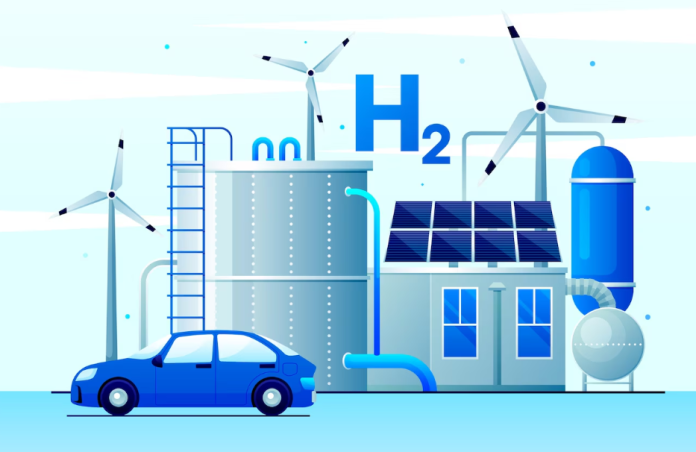As the global energy landscape evolves, hydrogen is emerging as a cornerstone of clean energy transition. With its high energy content and zero emissions at the point of use, hydrogen holds immense promise for decarbonizing transportation, industry, and power generation. But despite its potential, the safe and efficient transportation of hydrogen remains one of the biggest hurdles to widespread adoption.
Hydrogen’s unique properties—including its low molecular weight, high diffusivity, and wide flammability range—make it challenging to contain, store, and move safely over long distances. Without robust infrastructure and material innovation, these challenges can limit its commercial viability and environmental promise.
The Complex Nature of Hydrogen Transport
Hydrogen poses several logistical and technical hurdles that stem from its basic characteristics. It’s the lightest element in the periodic table, which means it has an extremely low density—whether in gas or liquid form. This property requires either high-pressure compression or cryogenic cooling to store or move large volumes efficiently.
Adding to the complexity, hydrogen is highly flammable and requires only a small amount of energy to ignite. Its ability to permeate and weaken certain materials (a phenomenon known as hydrogen embrittlement) further complicates containment. The result is a material that can escape its enclosures easily, degrade infrastructure, and pose safety risks if not managed with the right strategies and tools.
Forms of Hydrogen Transportation
Hydrogen can be transported in a variety of forms, each requiring its own containment method:
- As a pressurized gas: Typically moved via trucks equipped with high-pressure cylinders or tube trailers.
- As a cryogenic liquid: Shipped using specially insulated tankers capable of maintaining temperatures below −253°C.
- Via absorption or adsorption: Stored in or on solids like metal hydrides or chemical hydrides, offering compact and potentially safer transport solutions.
- Through pipelines: Used for large-scale, direct delivery and offering the most cost-effective option for regions with established hydrogen infrastructure.
Each method involves trade-offs between safety, cost, scalability, and infrastructure needs.
Materials and Technologies Driving Safer Transport
To overcome these hurdles, the materials used in hydrogen containment and transport are undergoing rapid innovation:
- Composite materials, particularly carbon fiber-reinforced pressure vessels, offer lightweight yet strong containment for hydrogen in both mobile and stationary storage. Their high tensile strength and resistance to corrosion make them ideal for handling pressurized hydrogen safely.
- Toughened epoxy resinsare improving the integrity of cryogenic storage tanks. These resins offer enhanced performance under extreme temperatures and stresses, making them suitable for liquid hydrogen applications where structural durability is critical.
- Advanced monitoring systems—including fiber-optic, infrared, and acoustic sensors—are becoming essential tools for real-time leak detection and safety assurance. These sensors allow operators to respond quickly to anomalies and ensure compliance with rigorous safety standards.
Infrastructure Expansion and System Optimization
Material advancements must go hand-in-hand with infrastructure development. Expanding hydrogen pipeline networks and storage facilities is a vital step toward reducing reliance on road-based transportation, which is often costlier and more hazardous over long distances.
Pipelines, in particular, offer energy-efficient, scalable, and secure transport for hydrogen. As demand for hydrogen grows, the deployment of dedicated pipelines—built or retrofitted with materials that resist hydrogen embrittlement—will be key to unlocking long-distance hydrogen trade.
A Path Forward
Hydrogen has the potential to power a low-carbon future, but only if the logistical challenges of transporting it are met with smart, scalable solutions. Through the use of composite materials suppliers, next-generation storage technologies, and integrated monitoring systems, stakeholders can ensure that hydrogen’s promise is realized without compromising safety or efficiency.
The road ahead will require collaboration across engineering, materials science, and infrastructure development—but the progress already made points to a future where hydrogen flows freely, safely, and sustainably through the veins of the global energy system.

